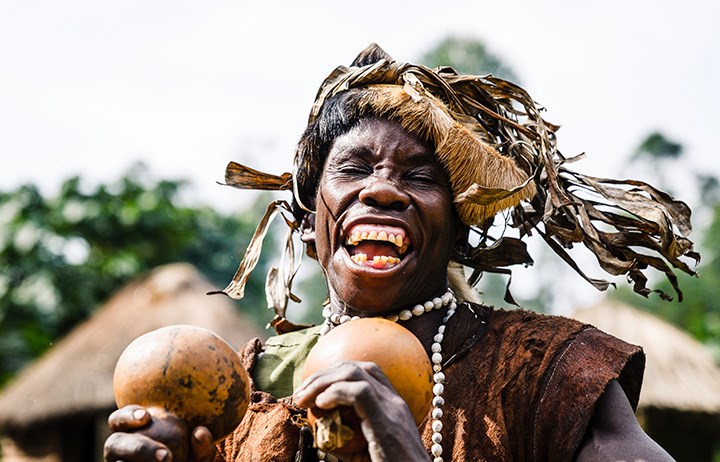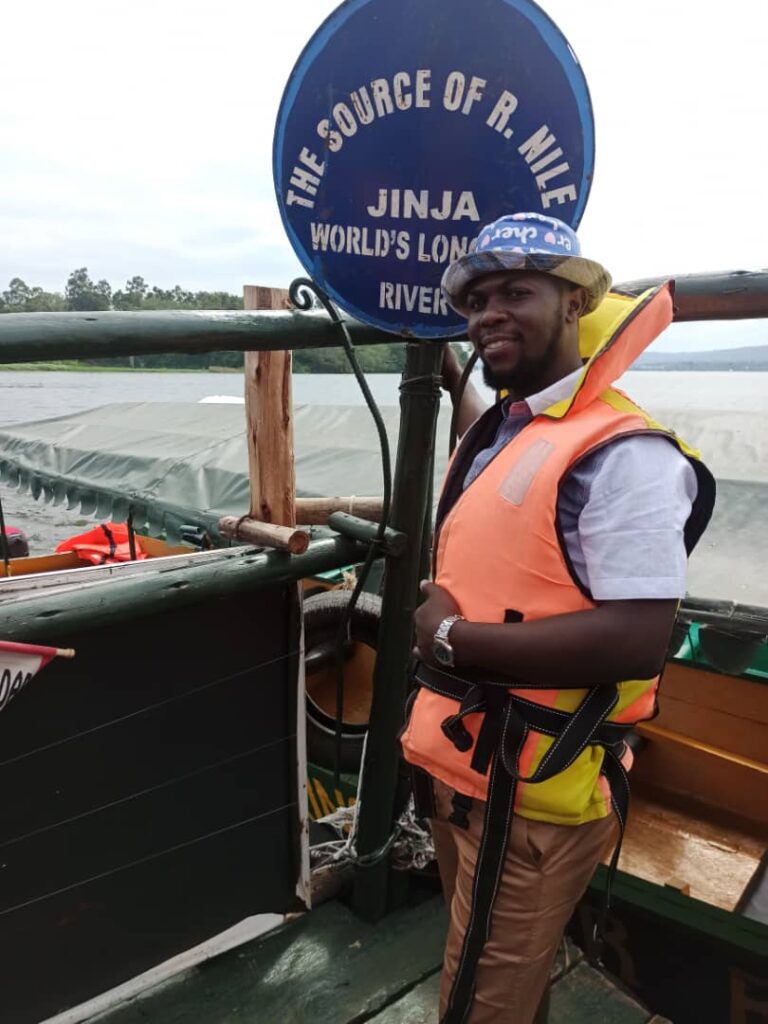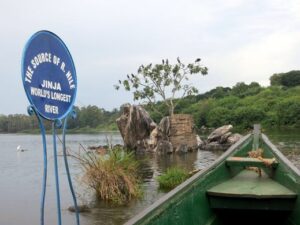visit Uganda and get to know what an amazing safari destination Uganda is with unrivalled highlights such as:
- Over 50% of the worlds remaining mountain gorillas,
- 50% of all the bird species in Africa,
- 39% of all the mammal species in Africa,
- The source of the the worlds longest river,
- The worlds largest tropical lake,
- The highest mountain range in Africa.
Uganda is also home to one of the most diverse tapestry of culture and heritage with lineages that can be traced back centuries. Many of the traditions are still practiced and showcased today by the warm and welcoming people of Uganda.
THE BATWA CALTURE, VERY WELCOMING PEOPLE.

These indigenous people were the original dwellers of the ancient forest and were known as the ‘keepers of the forest’. The Batwa lived in harmony with the forest and survived by hunting small game using bows and arrows and gathering plants for both food and medicinal purposes.
THE SOURCE OF RIVER NILE

SOURCE OF THE NILE is a world landmark that attracts many travelers to explore Uganda because it is where the longest River Nile begins from. River Nile is famously known as the Longest River in the world because of the Greek which means valley and is considered to be the source of the Nile by the ancient Nile and it has played a big role in the history of African countries. This is just a natural wonder on the African continent which starts right in JINJA TOWN one of the developed town in Uganda and the Northeastern region of Africa. It happens to be one of the biggest tourist destinations in Uganda


The Nile is one of the smallest, as measured by annual flow in cubic meters of water. About 6,650 km (4,130 mi) long, its drainage basin covers eleven countries: the Democratic Republic of the Congo, Tanzania, Burundi, Rwanda, Uganda, Kenya, Ethiopia, Eritrea, South Sudan, Republic of the Sudan, and Egypt. In particular, the Nile is the primary water source of Egypt, Sudan and South Sudan. Additionally, the Nile is an important economic river, supporting agriculture and fishing.
The Nile has two major tributaries – the White Nile and the Blue Nile. The White Nile is traditionally considered to be the headwaters stream. However, the Blue Nile is the source of most of the water of the Nile downstream, containing 80% of the water and silt. The White Nile is longer and rises in the Great Lakes region. It begins at Lake Victoria and flows through Uganda and South Sudan. The Blue Nile begins at Lake Tana in Ethiopia and flows into Sudan from the southeast. The two rivers meet at the Sudanese capital of Khartoum
The northern section of the river flows north almost entirely through the Nubian Desert to Cairo and its large delta, and the river flows into the Mediterranean Sea at Alexandria. Egyptian civilization and Sudanese kingdoms have depended on the river and its annual flooding since ancient times. Most of the population and cities of Egypt lie along those parts of the Nile valley north of Aswan Dam. Nearly all the cultural and historical sites of Ancient Egypt developed and are found along river banks. The Nile is, with the Rhône and Po, one of the three Mediterranean rivers with the largest water discharge.
Follow for more like this ……..
Just Reach US on +256 200 903 438,WhatsApp +256 753 670 618 or Facebook page https://www.facebook.com/noworkstoursandtravel or visit our website










